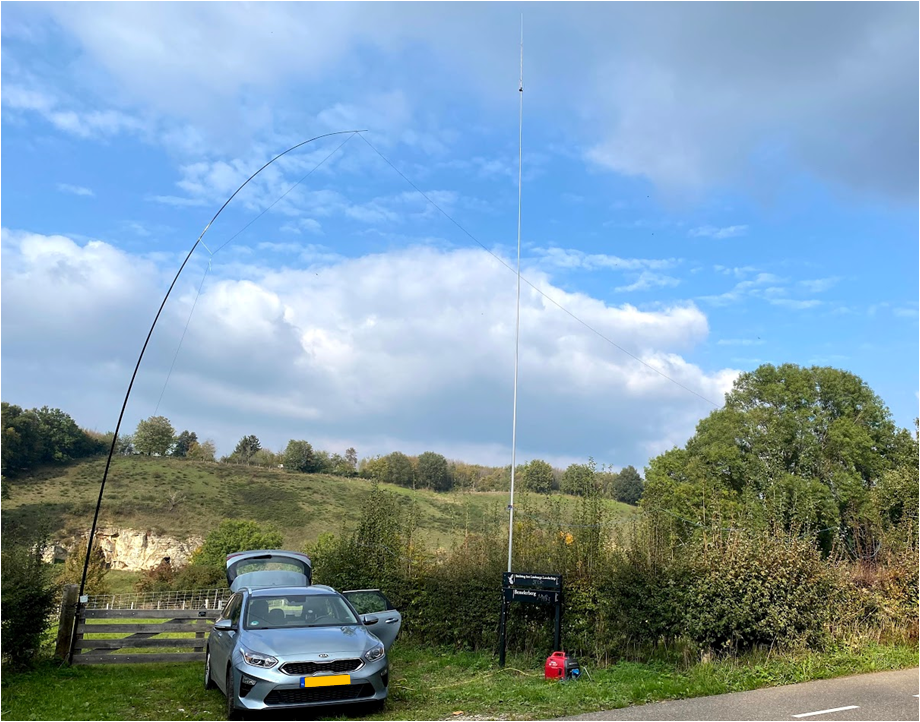The Dutch WWFF branch, PAFF, will organize a PAFF weekend on April 9th and 10th, 2022. At the beginning of this weekend (00:00utc, April 9th) a new set of Dutch nature parks will be added to the list (PAFF-0198 to PAFF-0226), and there will be a substantial activity in general from many Dutch nature parks (new and old). I myself will be in PAFF-0225 and -0226 on April 9th as operator of PA225FF and PA226FF together with the YNOMY group. On April 10th I will activate PAFF-0222 and -0223, and maybe PAFF-0224 (if time permits), as PF44F.
Exact park names and details will be listed here in the week preceding the event.
In order to be ready to activate multiple parks in one day, I decided to expand the capacity of my Ecoflow River R600 powerstation. This is done very easily by adding an additional battery pack (288Wh) which neatly fits under the existing basic system. I now have a very capable system of 576Wh, which will give me approx. 4 hours of operating time @ 100W output. If the weather cooperates and the sun shines, my solar panel will extend this period further.
Added battery pack (the part under the nice, but rather useless red LED bar)
The whole thing weighs in at 7.7 kg now, so that is still very portable. The superfluous LED bar (“ambient light”) can be switched off fortunately (but only via the Ecoflow app on your phone).
If the sun keeps going like it does right now, conditions will be great and we can use the higher bands for some WWFF DX contacts!!



